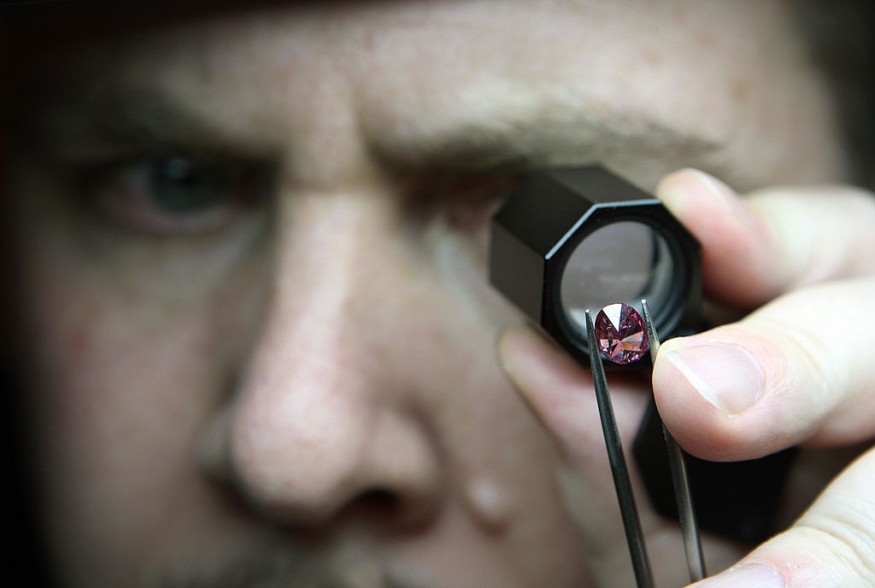
Pink diamonds first appeared in Australia a billion years ago as a result of a supercontinent rift. According to scientists, there may be other locations where the said rare precious stones can be found.
Extremely Rare Pink Diamonds
90% of the pink diamonds in the world come from a now-closed mine in Australia, making them incredibly rare and valuable. The most expensive polished pink specimens can sell for several tens of millions of dollars. However, researchers believe that a recent find in the same region could lead to the finding of fresh jewel riches.
The Argyle pink diamond deposit in Western Australia, where the mine was situated, is being studied by scientists who claim they now have a better grasp of the geological conditions required for pink diamonds along with other color variants to emerge.
Supercontinent Nuna Rift From Over A Billion Years Ago
The researchers discovered that the pink diamond-rich site occurred during the collapse of an ancient supercontinent called Nuna approximately 1.3 billion years ago by analyzing minerals and rocks taken from the Argyle deposit with lasers.
While the continent that would become Australia didn't split up, the region where Argyle is located was stretched, including along the scar, which caused gaps in the Earth's crust for magma to shoot up through to the surface and bring with it pink diamonds, according to Dr. Hugo Olierook, the lead author of the study and a research fellow at Curtin University's John de Laeter Centre.
The Pink Diamond Trove in Argyle, Australia
The majority of diamond deposits are located in the center of extinct continents, within volcanic rocks that hastily brought diamonds from the interior of the Earth to the surface.
Diamonds must be subjected to substantial stresses from tectonic plate collisions, which could distort and bend their crystal lattices, for the gems to turn pink or red. This is also how most brown diamonds are made.
When Northern Australia and Western Australia clashed at Argyle some 1.8 billion years ago, the once-colorless diamonds became pink hundreds of miles below the Earth's crust.
The research team discovered that the Argyle deposits date back 1.3 billion years to a period when the ancient supercontinent Nuna was disintegrating into smaller pieces.
Supercontinents have formed numerous times during Earth's geological history when several continents joined together to form a single landmass.
Olierook stated that the team discovered Argyle, which was previously believed to be a century younger, is actually 1.3 billion years old when they used lasers on the hairs found on rocks supplied by mining company Rio Tinto. This means that it would have formed as a result of an ancient supercontinent breaking apart.
The Rift That Supercontinent Nuna Reopened
The scientists hypothesized that the rift of supercontinent Nuna may have reopened an old junction that the colliding continents left behind, allowing rocks containing diamonds to pass through this area and generate a significant diamond deposit.
According to the study, this series of occurrences revealed that the intersections of ancient continents may be crucial for discovering pink diamonds and may direct the exploration of new resources.
According to Olierook, because their host volcanoes typically are visible at the surface for explorers to identify, the majority of diamond deposits have been discovered near the center of past continents. Since Argyle lies at the meeting point of two of these old continents, it is possible that other pink diamond-bearing volcanoes, including those in Australia, are still undiscovered. These borders are frequently covered by sand and soil.
© 2026 NatureWorldNews.com All rights reserved. Do not reproduce without permission.





